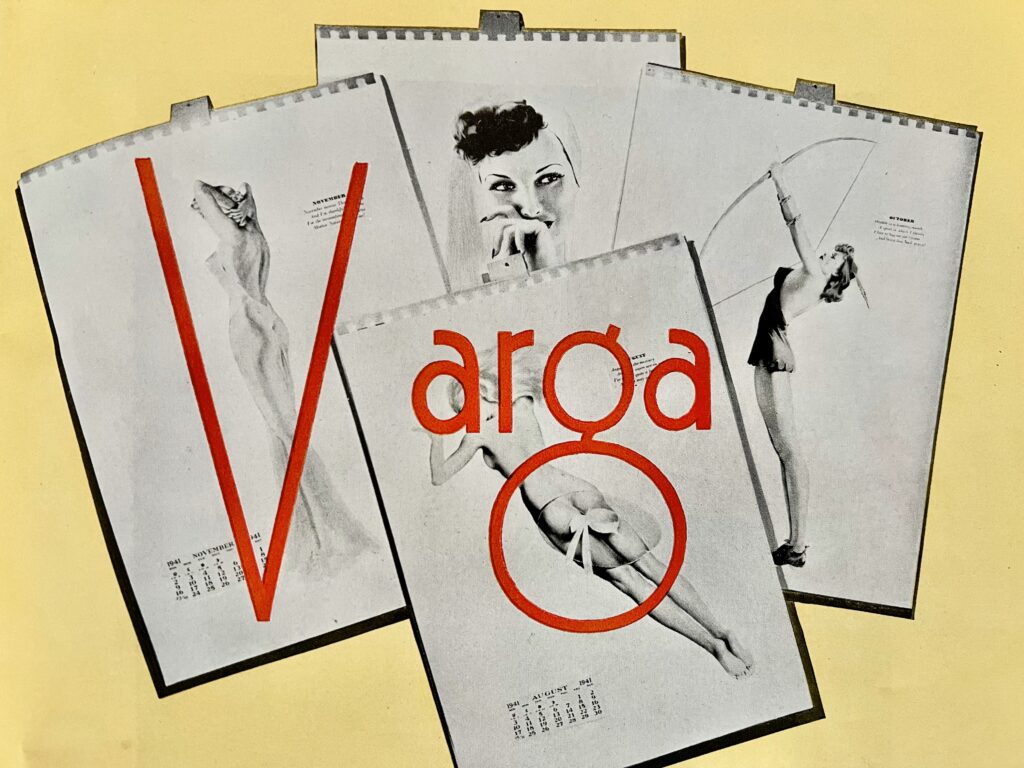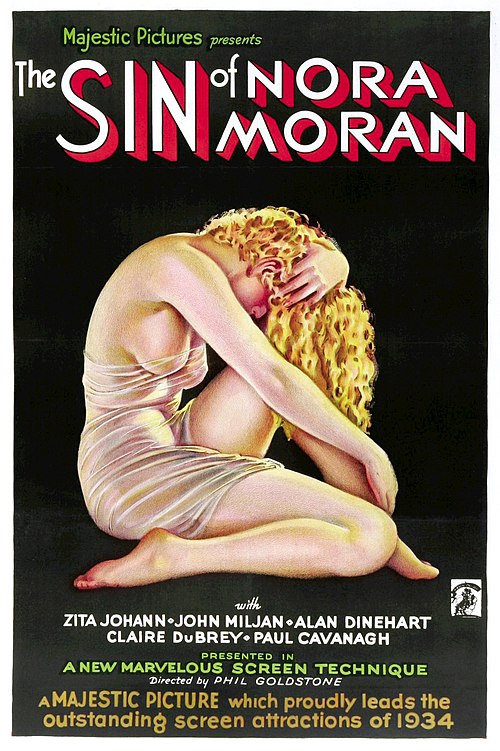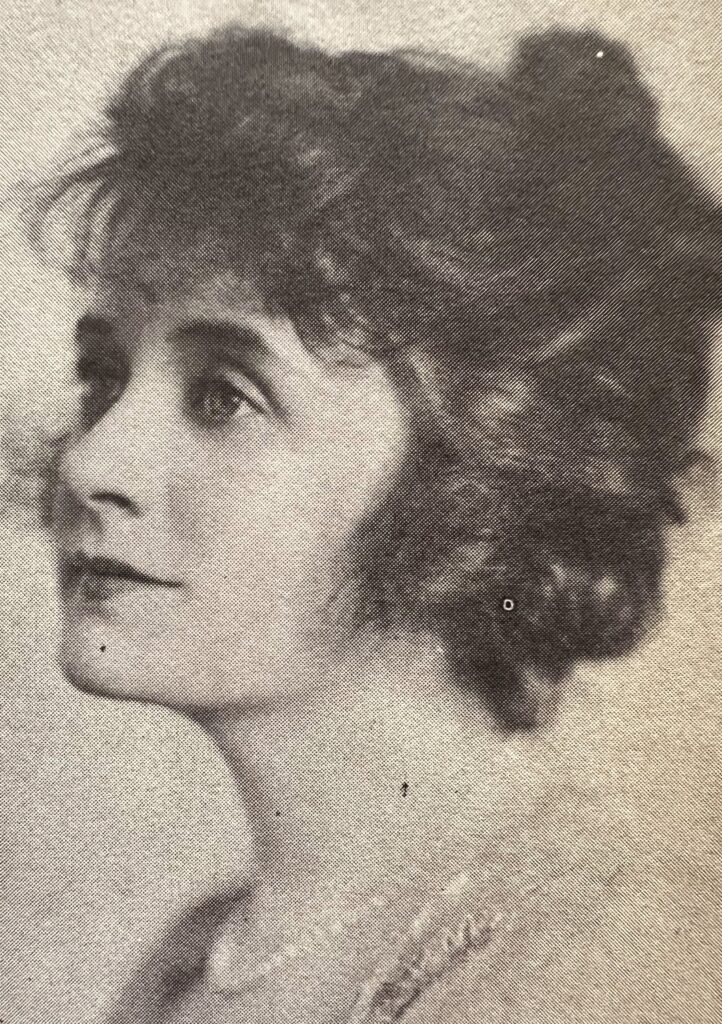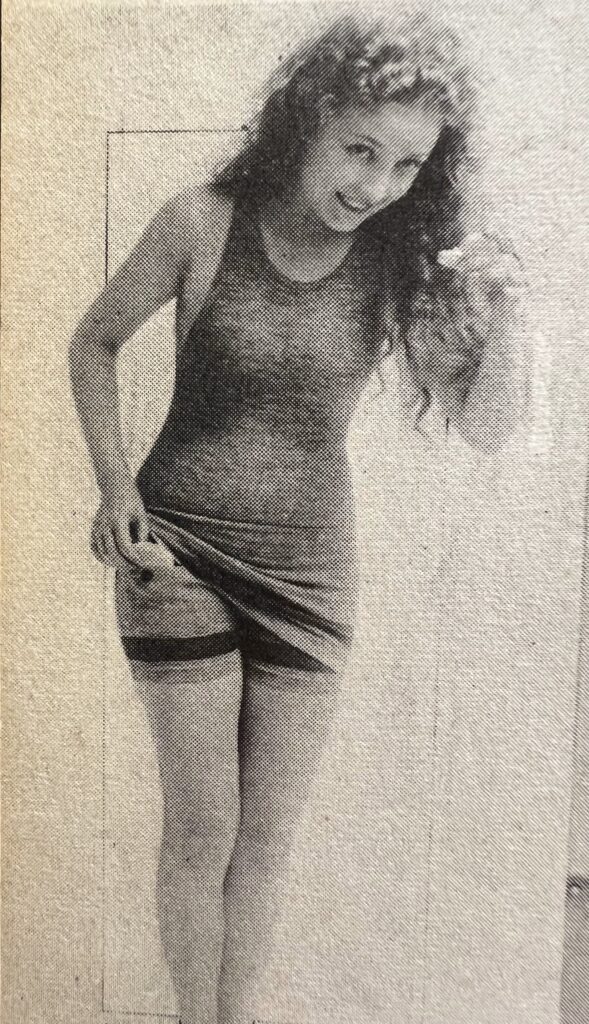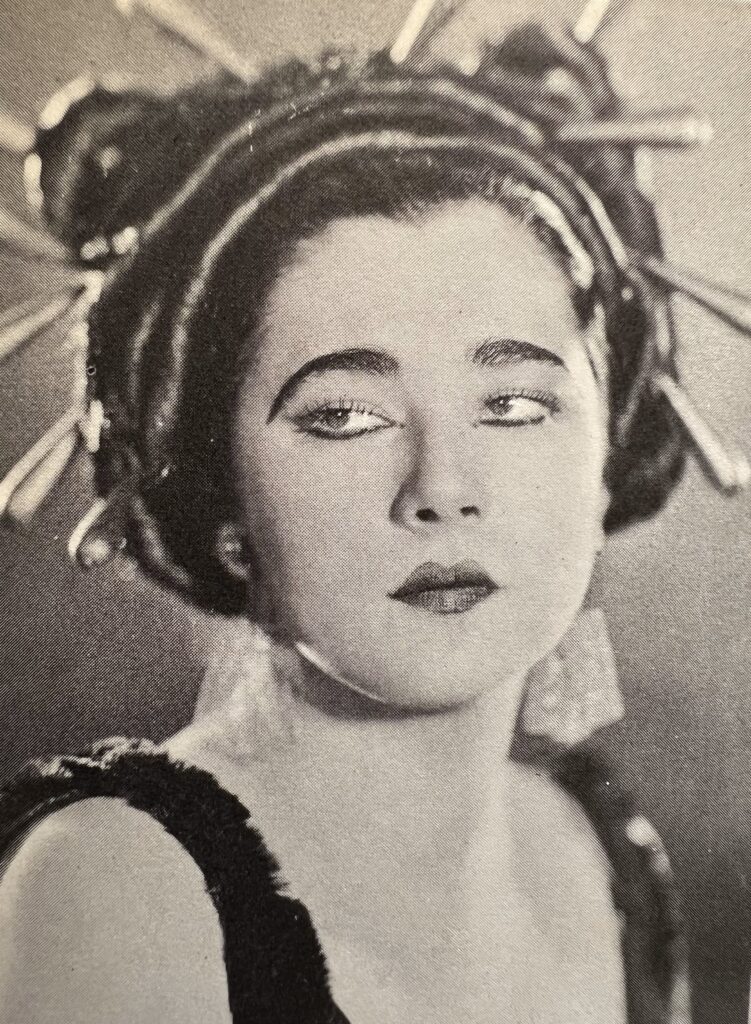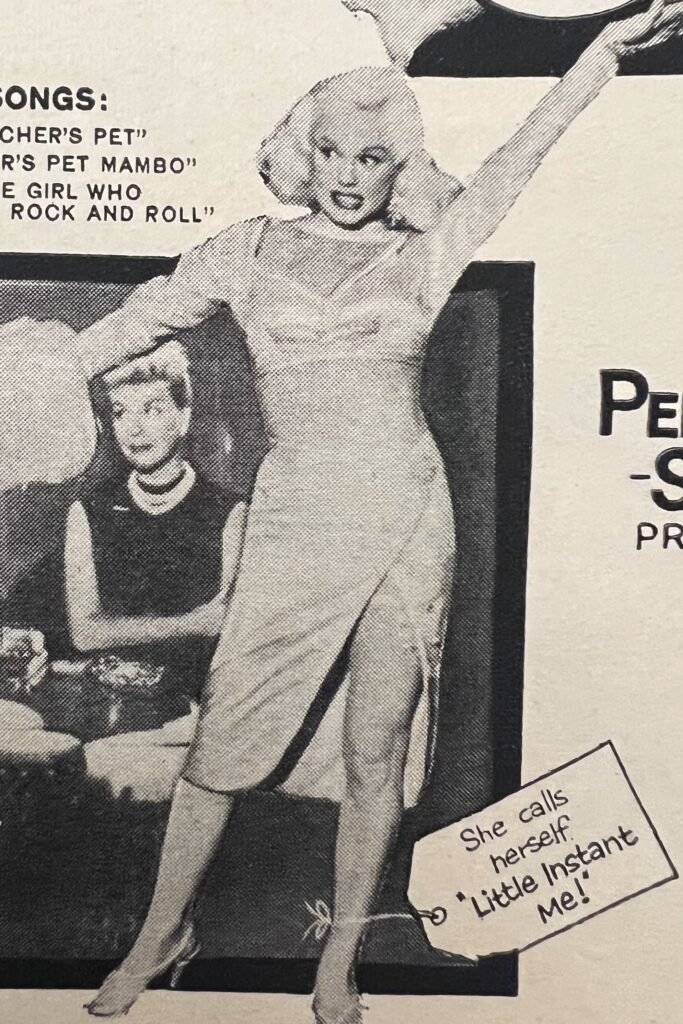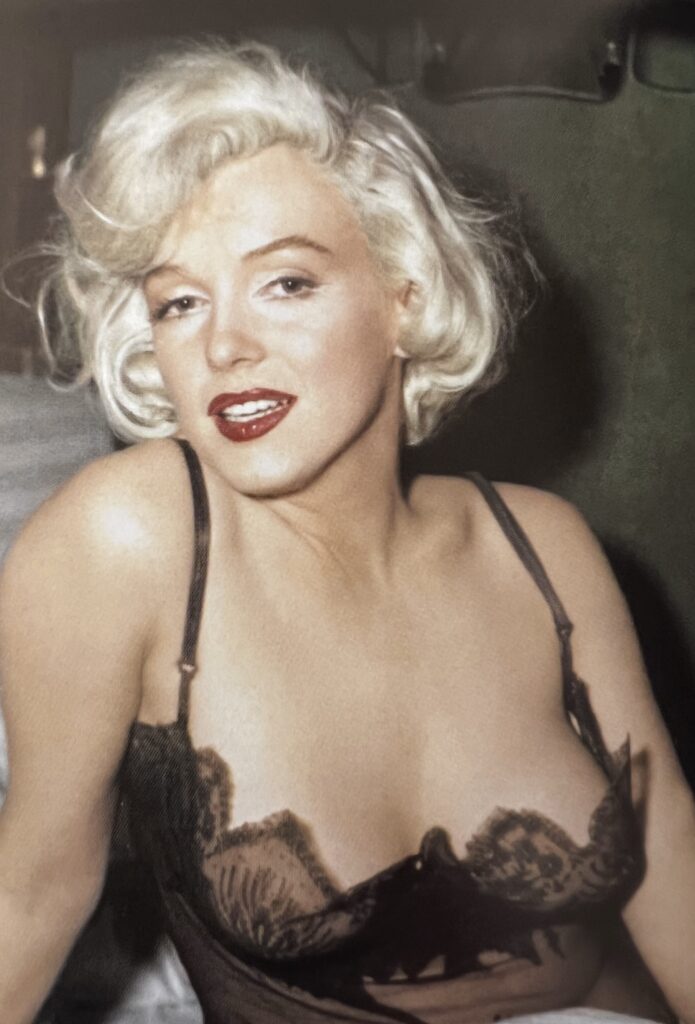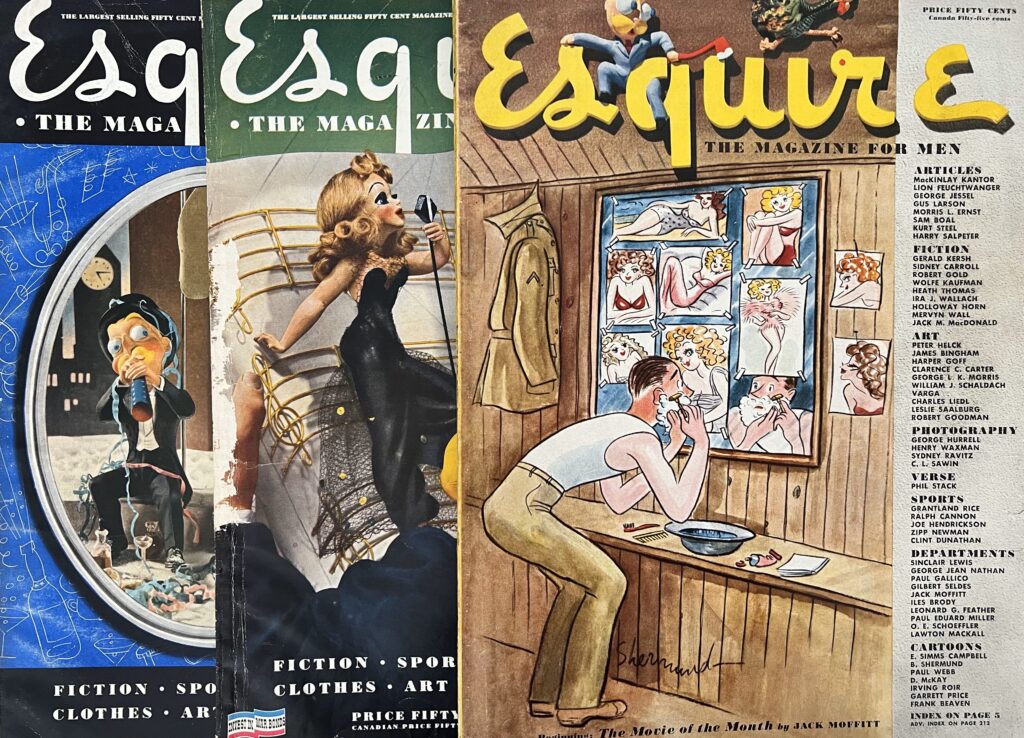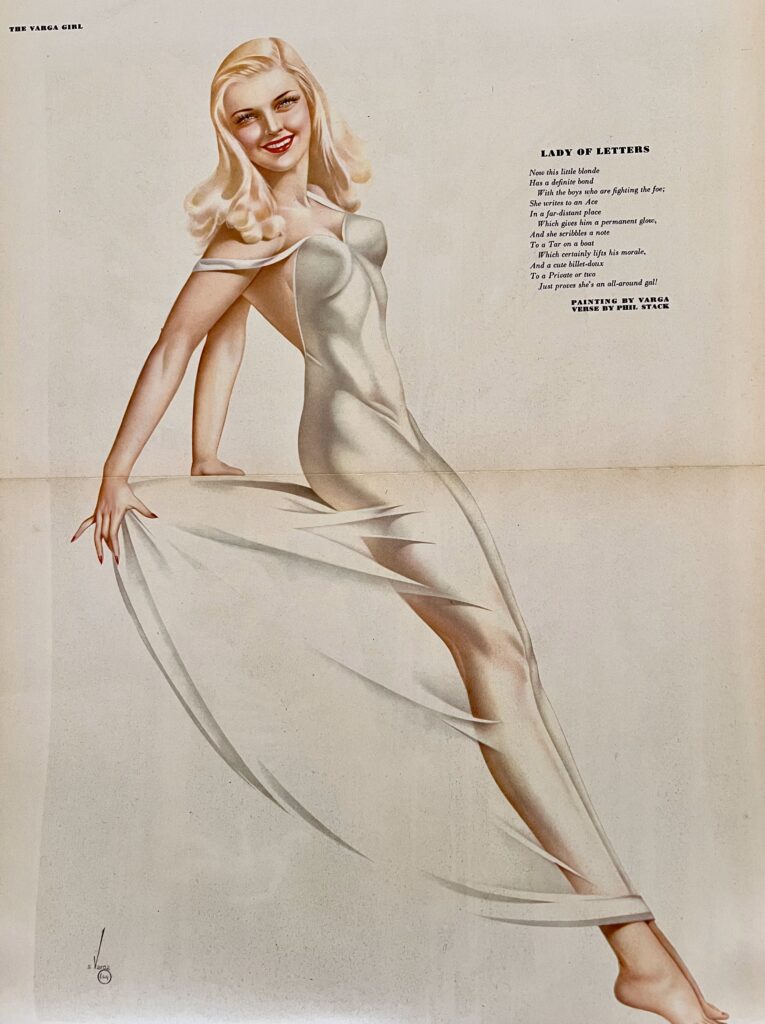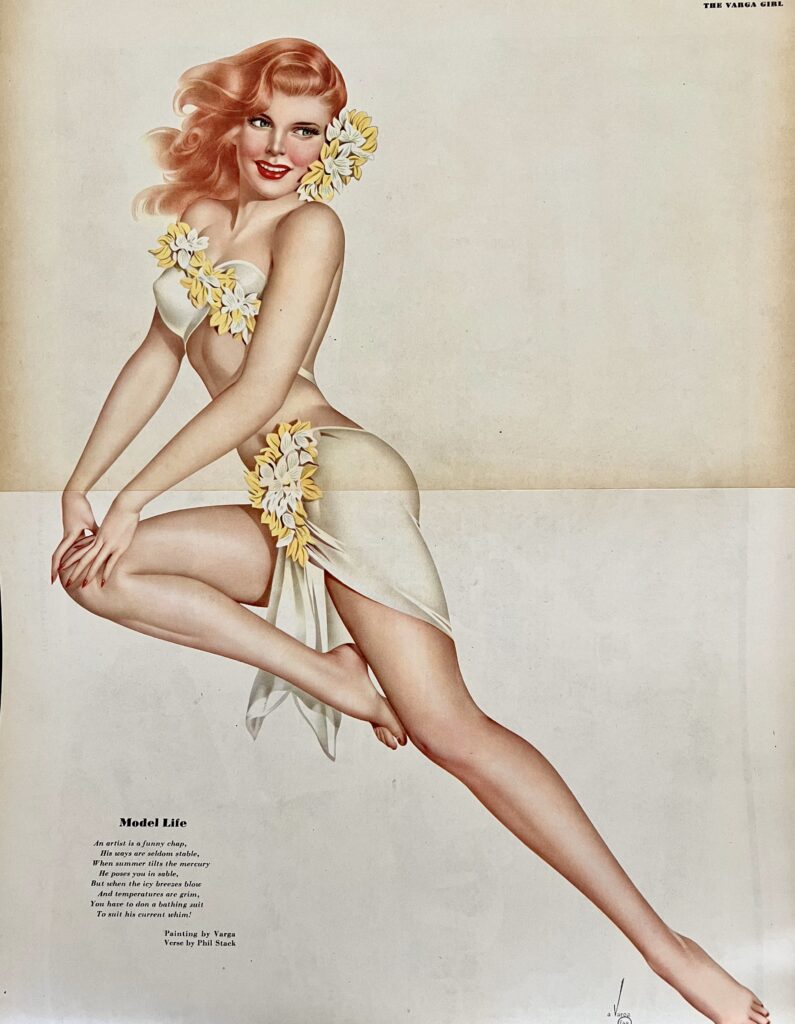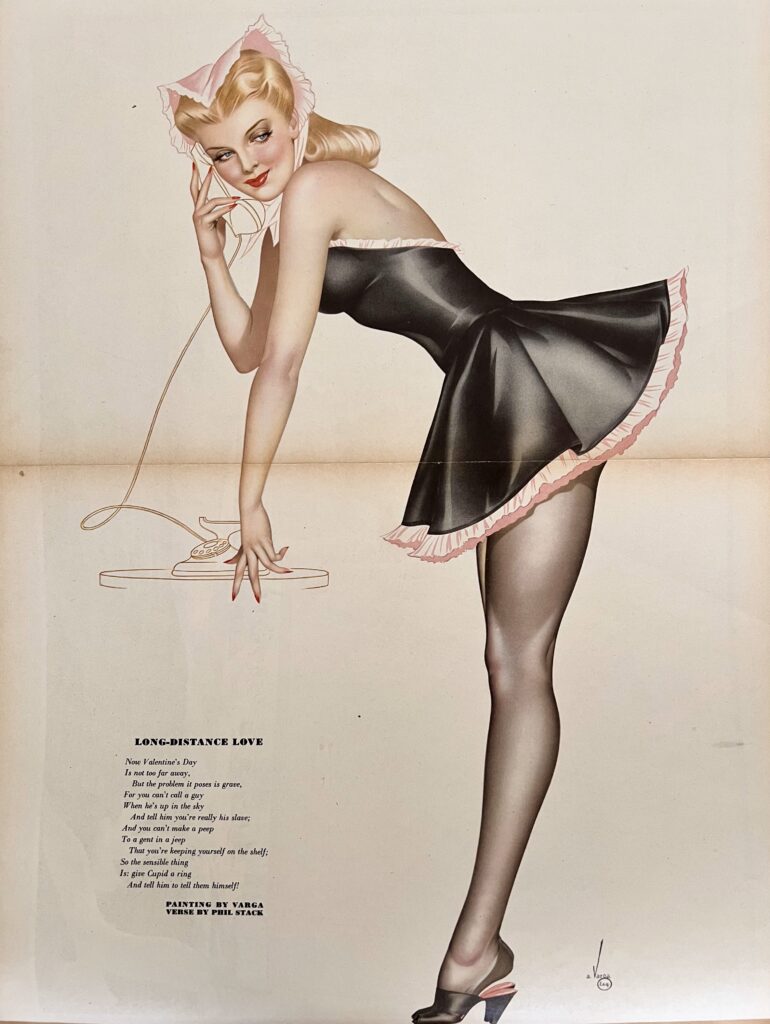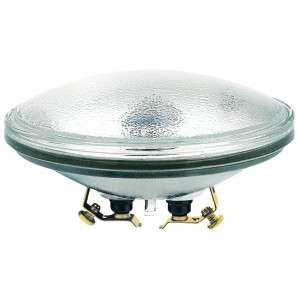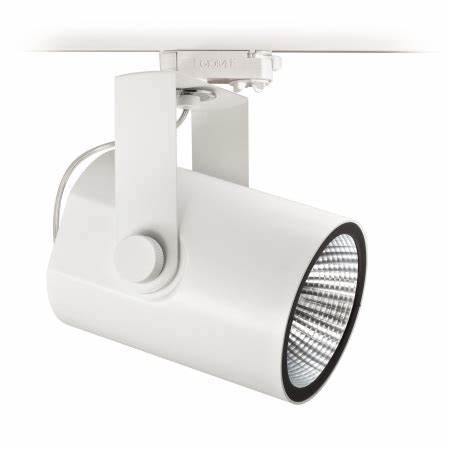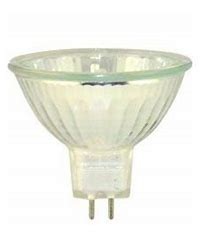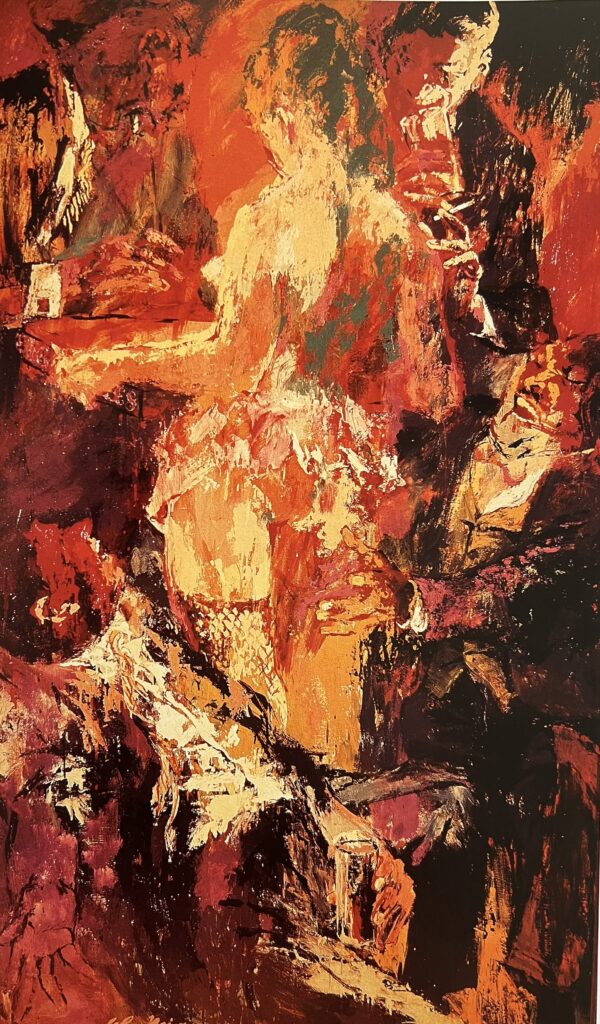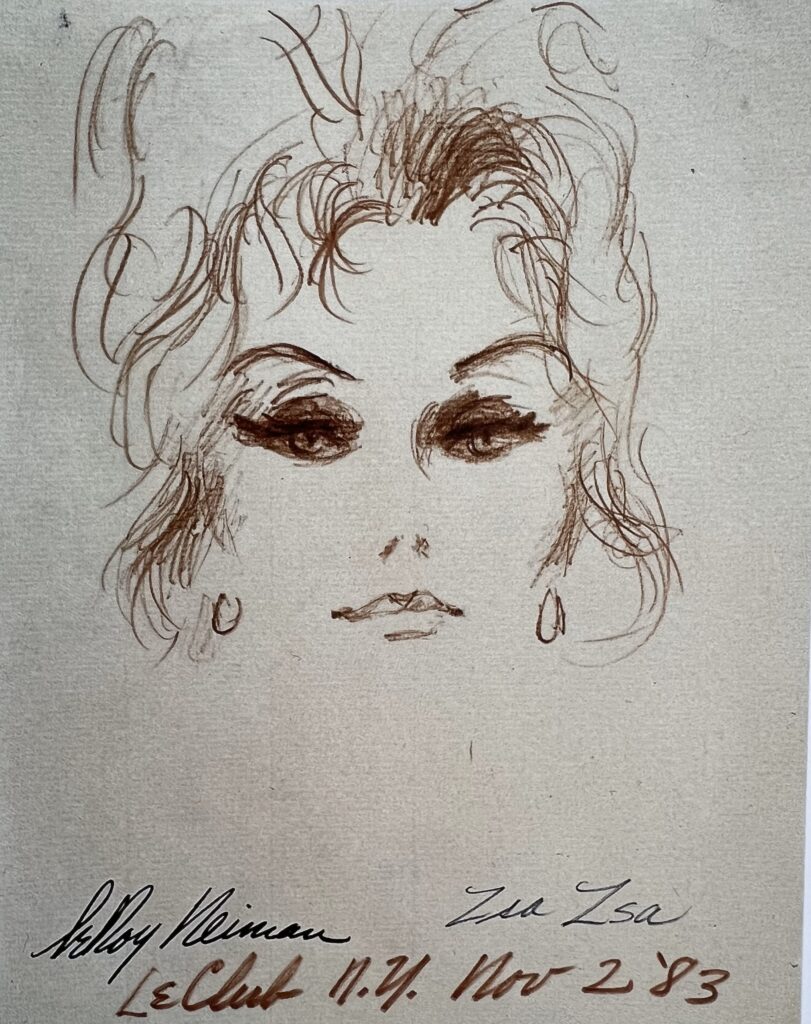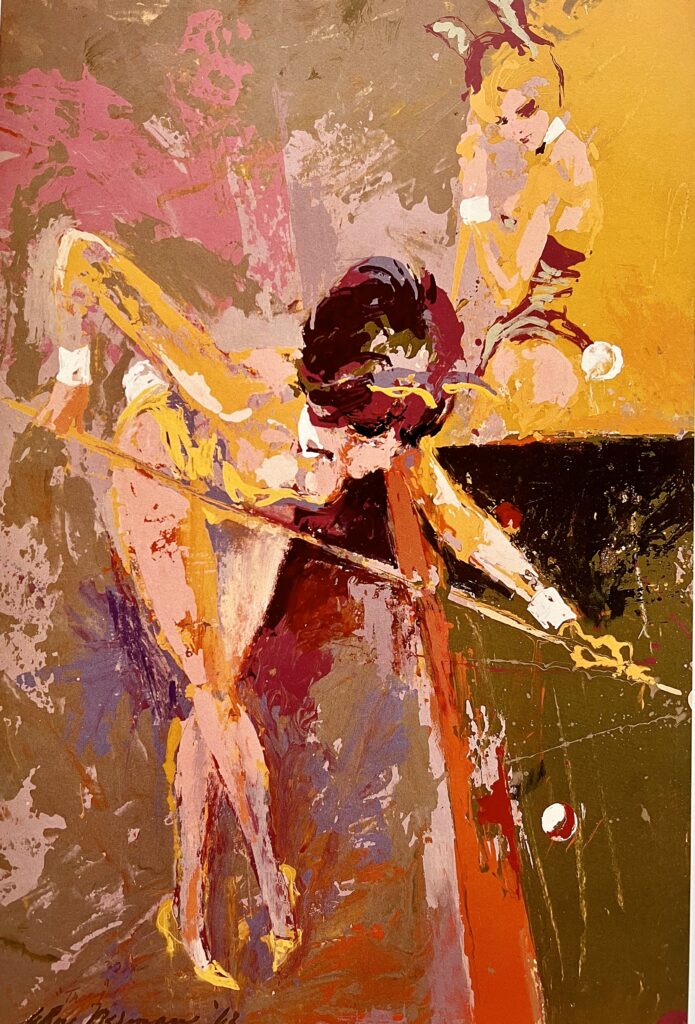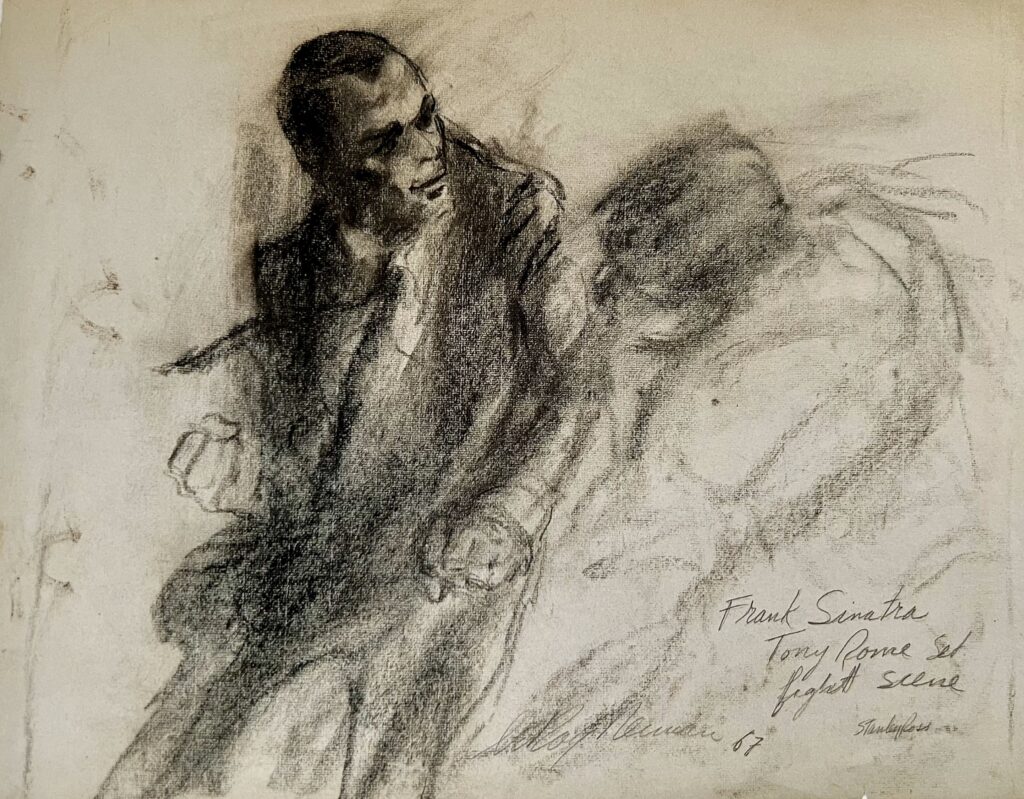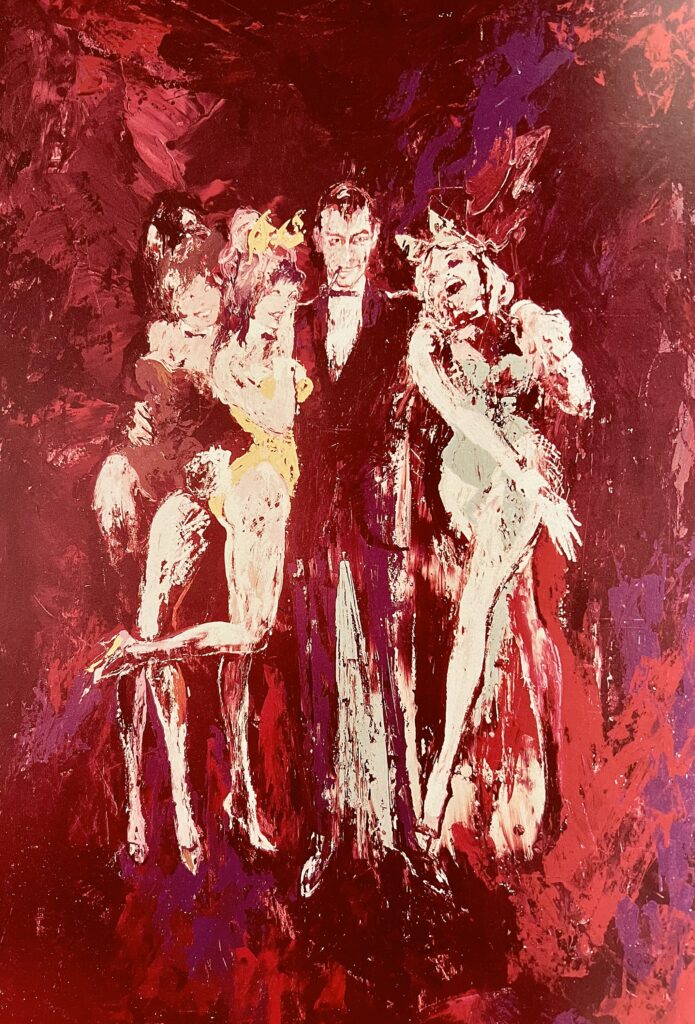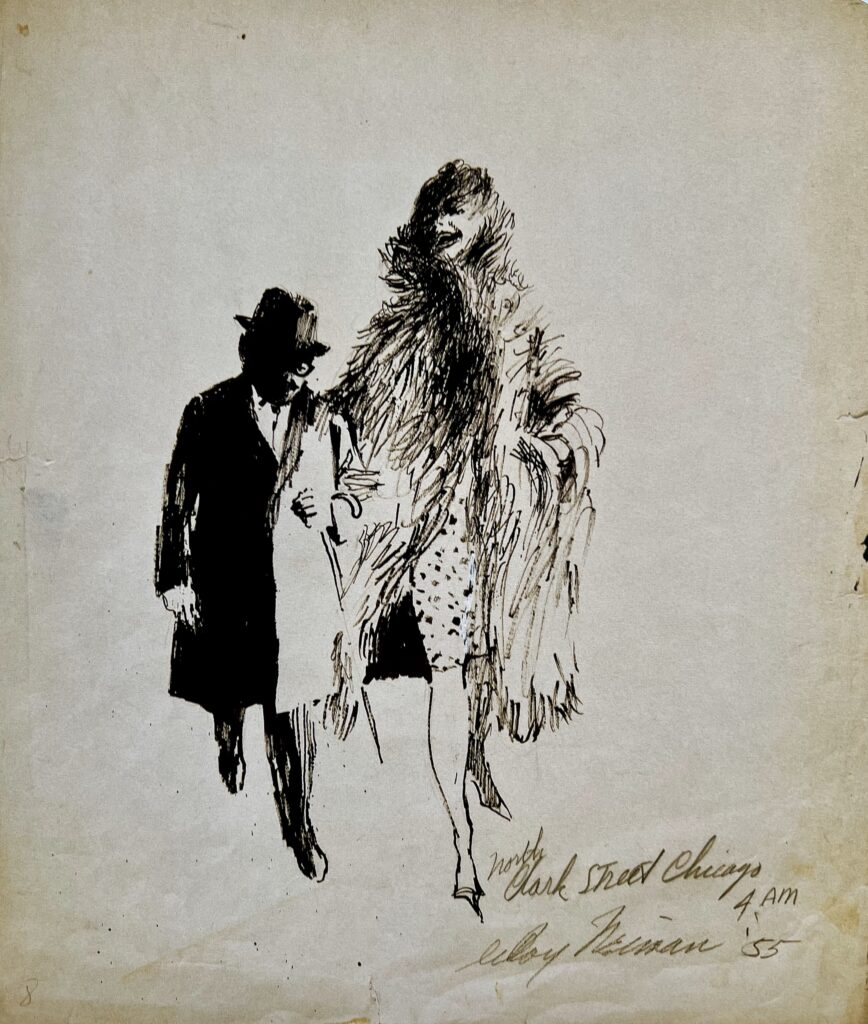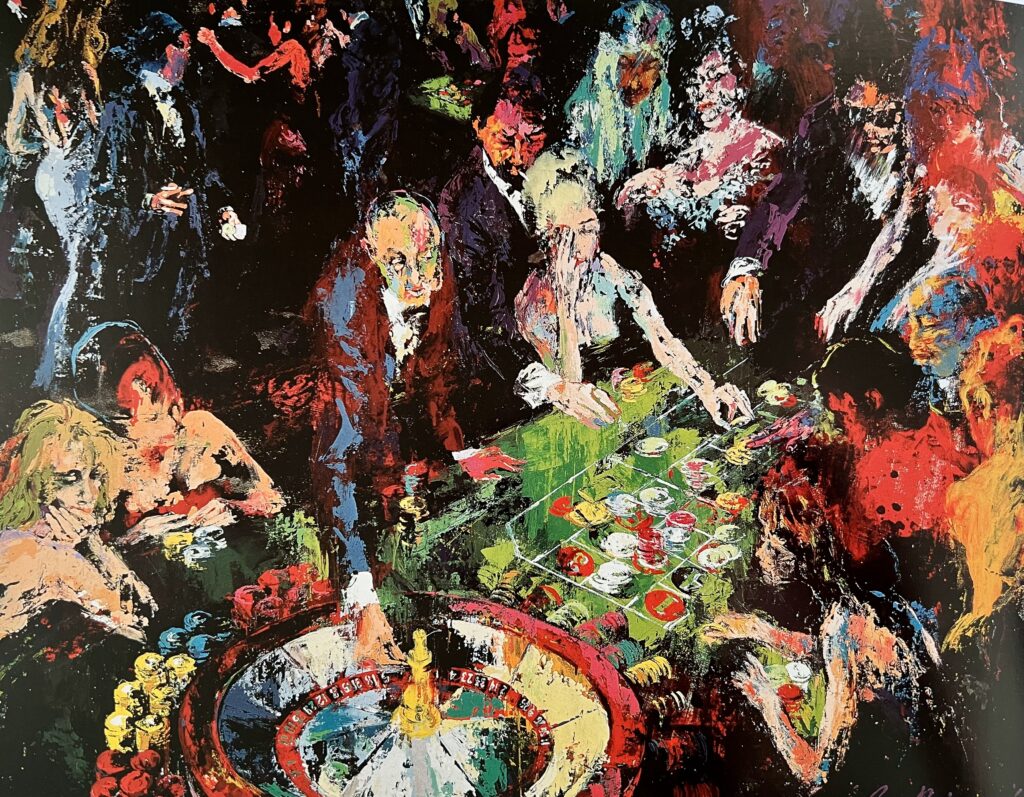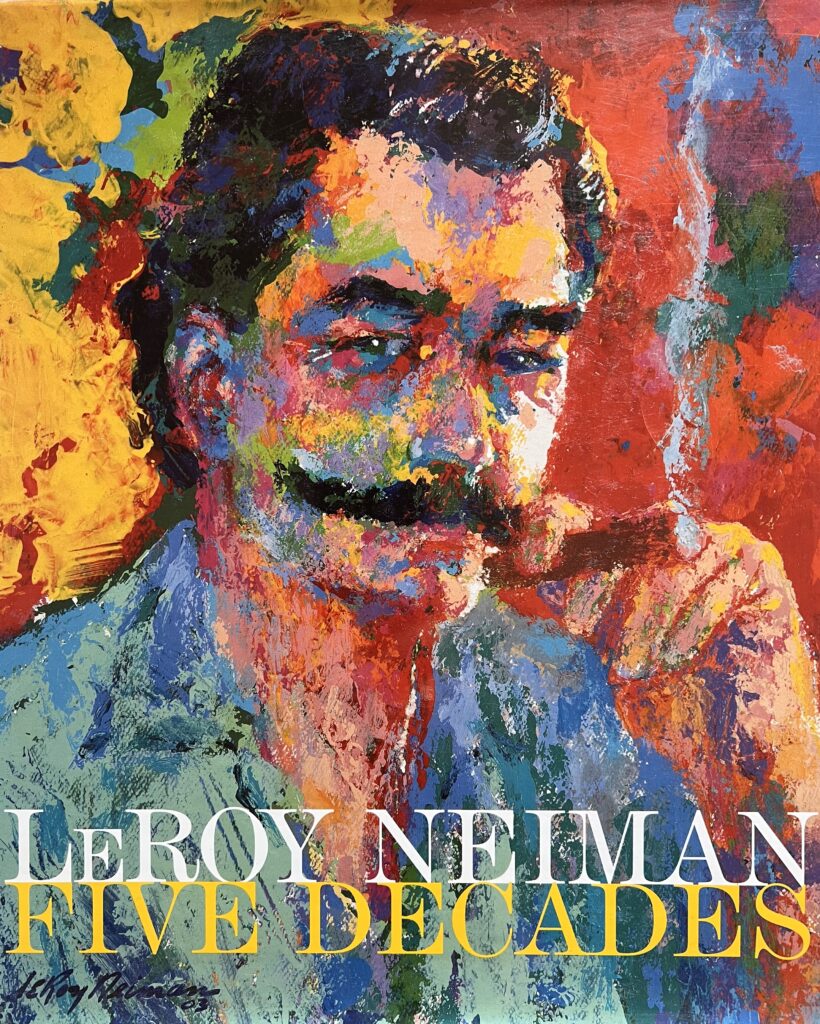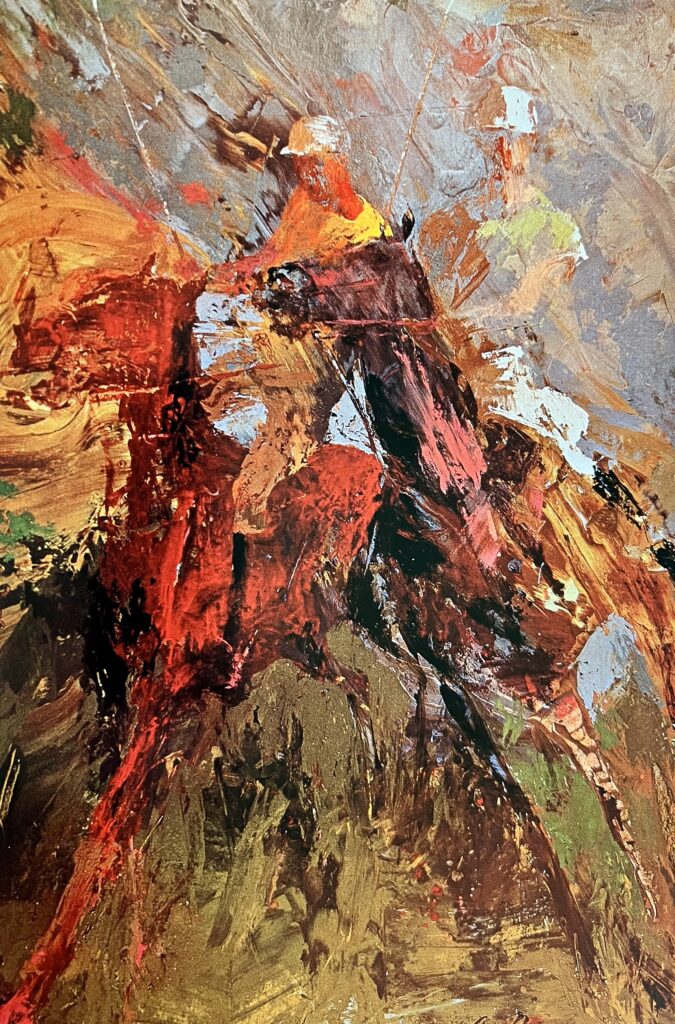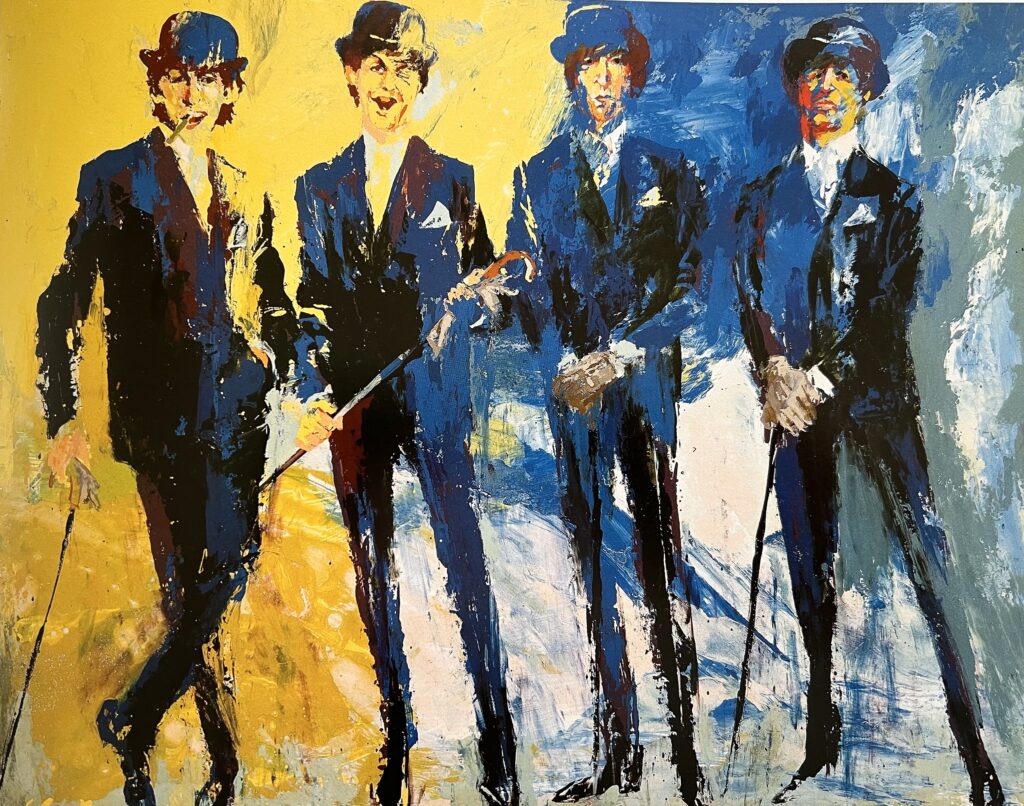(Silent star from the past materializes out of thin air!)

As someone matures, they start a mysterious rewinding process, much like birth-in-reverse, and ghosts from the past leap out of every nook and cranny.
This week, I was visited by the spirit of the former Ziegfeld Follies and silent screen star, Olive Thomas, who appeared out of thin air with former husband, Jack Pickford, close by her side. To be perfectly frank (as well as very prima-donnish), the entire experience was completely overwhelming, and I shan’t recover anytime soon.
Olive Thomas, unfortunately, met an early demise in Paris, France in 1920, after swallowing poison, which ultimately resulted in her death on September 10th. Her beauty had been the inspiration for artist Alberto Vargas’ work called “Memories of Olive,” and the piece was prominently displayed in the lobby of a New York Ziegfeld theatre for years, before being later sold to an art collector.
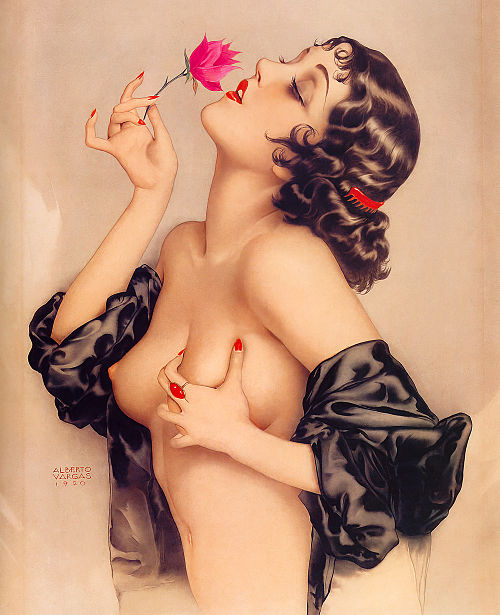
Olive Thomas had once been married to actress Mary Pickford’s brother, Jack, and many believe her husband’s drinking, drug use and philandering drove her to take poison (mercury bichloride) in the early morning hours of September 6, 1920. Also vacationing with the couple in Paris at the time of Thomas’ death on September 10th, was her close friend, actress and former Ziegfeld star, Mae Murray.
Jack Pickford was best remembered for his starring role in the 1917 silent version of Tom Sawyer, as well as its 1918 sequel, Huck and Tom. He eloped with Olive Thomas in 1916 and by most accounts, their relationship was tumultuous until Olive’s eventual death from ingesting poison on September 6, 1920. That death, incidentally, was eventually ruled accidental, but many consider it to be suicide.
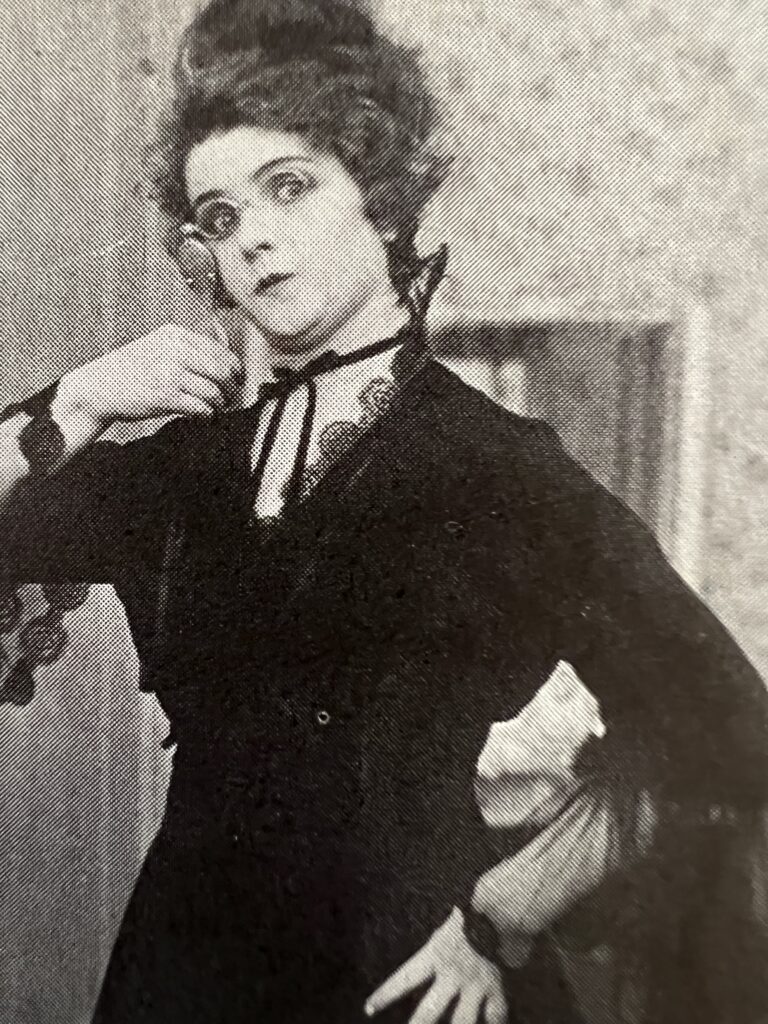
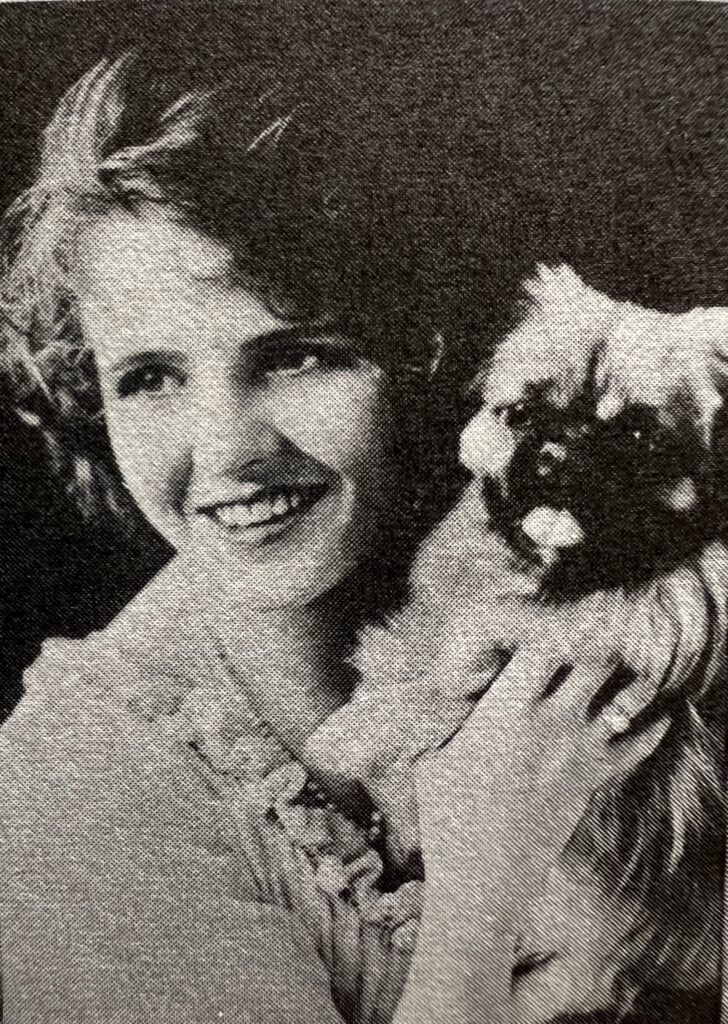
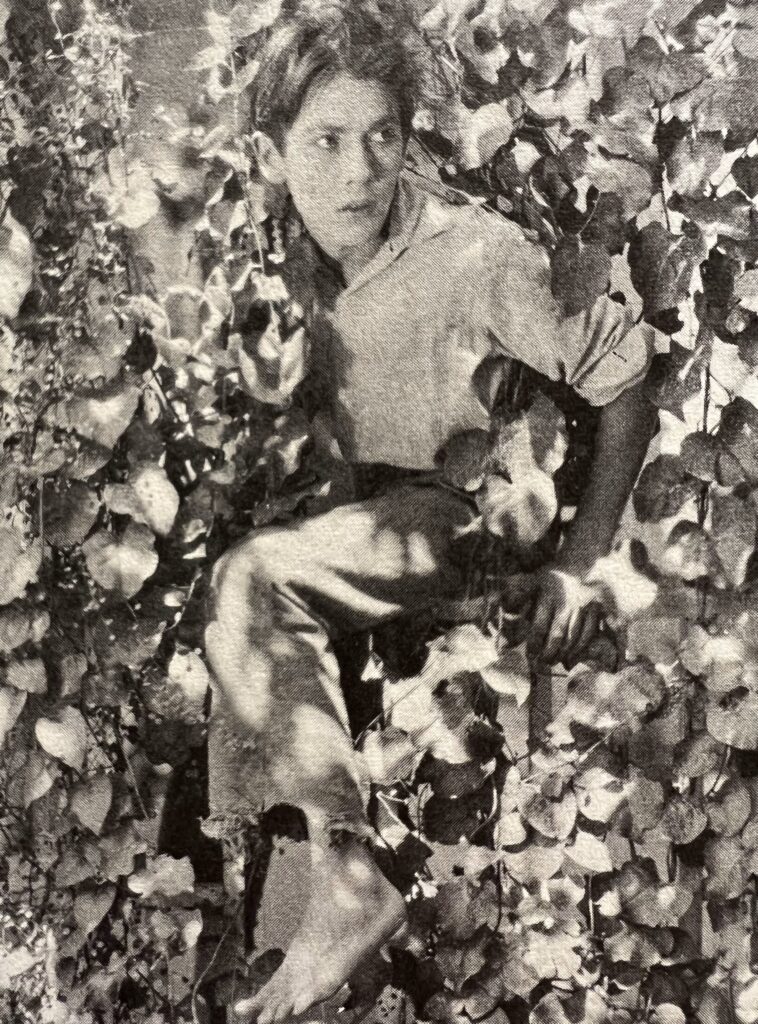
So felt Mae Murray, who’d been in close contact with Olive at the time and implicated Jack Pickford for Olive’s death. According to the Michael Ankerich book, “Mae Murray, the Girl with the Bee-Stung Lips,” Mae later wrote, “I tried to feel tolerant and understanding toward Jack, who had broken my friend’s heart because he had been himself and therefore was unlike what she wanted him to be. But I could not trust myself with him. No matter how humble and remorseful Jack would have been – and I’m sure that he was intensely so – I could not risk hurting him more.”
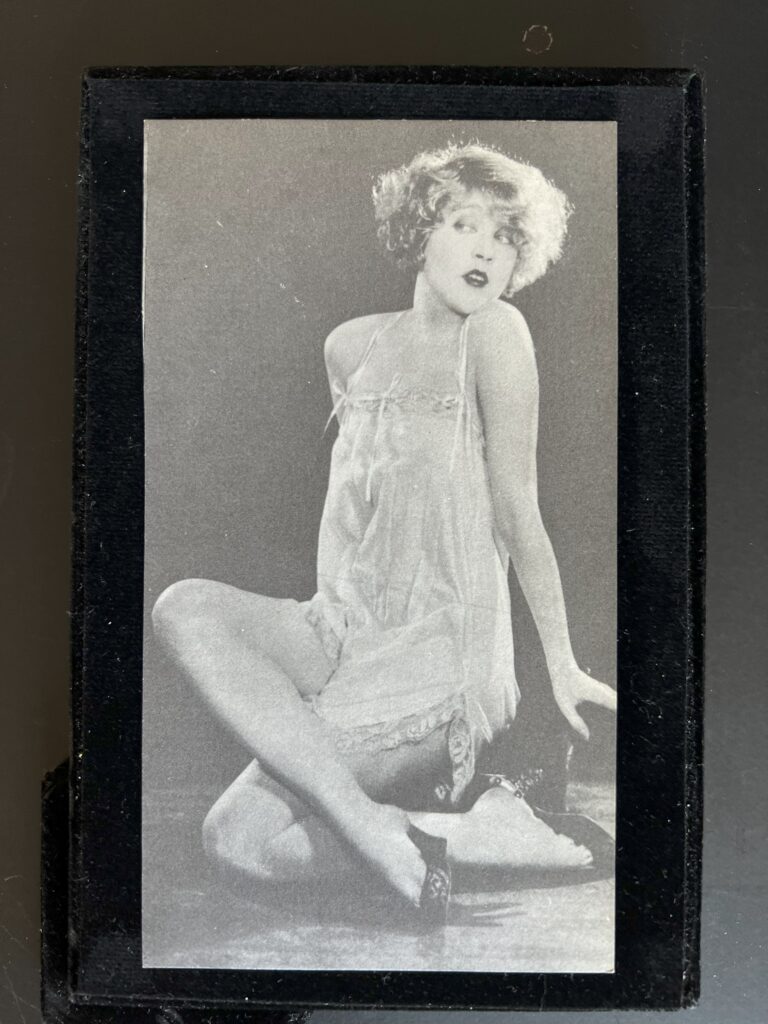
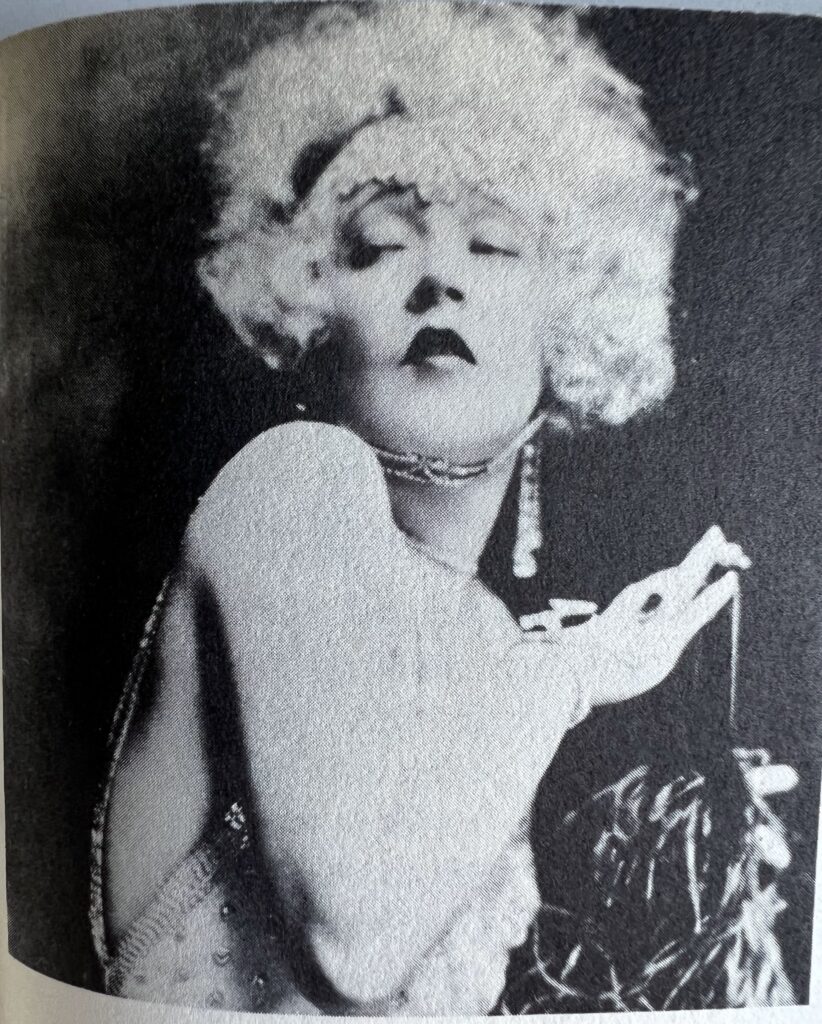
Frances Marion, who was a popular screenwriter during the silent era, said of the Olive Thomas and Jack Pickford relationship, “I had seen her often at the Pickford home, for she was engaged to Mary’s brother, Jack. Two innocent-looking children, they were the gayest, wildest brats who ever stirred the stardust on Broadway. Both were talented, but they were much more interested in playing the roulette of life than in concentrating on their careers.”
Kind of sounds like my shenanigans as I terrorized San Francisco during the 1980s and 90s… don’t ’cha know.
Until next time…


